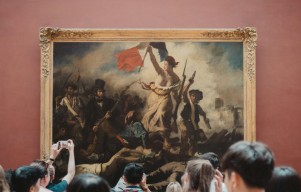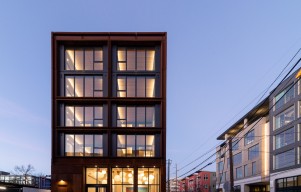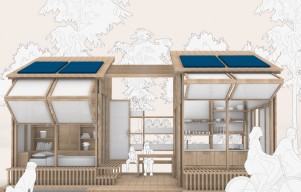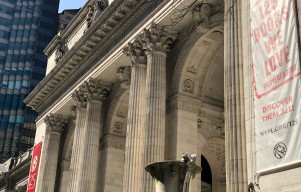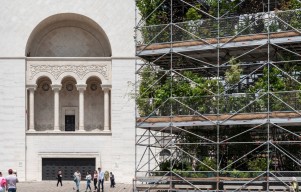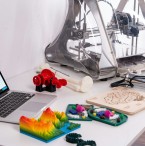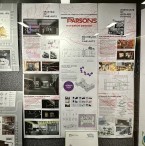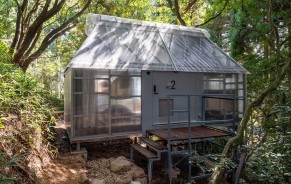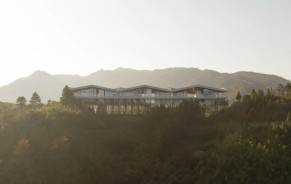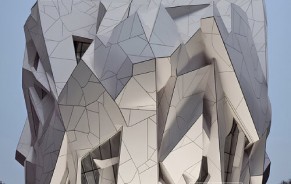A collection of rare books has inspired a new theory of architecture and an exhibit at The University of Michigan.
Andrew Holder, an assistant professor of architecture at U-M's Taubman College of Architecture and Urban Planning, told Archinect about the project and the twenty-one rare books on the picturesque that inspired it.
"I guess you can say it is ironic," says Holder said. "I teach computer-aided design but I have a passion for the aesthetic qualities of drawing. Nothing compares when defining shadow, tone, depth and dimension to that of pen and ink on paper. It's completely different from that of a computer and as architects we can learn a lot from these drawings."
The exhibit in the Taubman College Gallery is titled, "Garden Grows a Lump: Rare Books on the Picturesque" includes a landscape that is raw and meant to be experienced alongside the books on display. The books are displayed in walnut cases and to view them, visitors must climb the lumps and are often in atypical positions relative to the flat surfaces in most galleries. The unbalancing nature of the landscape forces visitors to become part of it.
Some might see it as unfinished or something with greater aesthetic potential, but that was not the goal of the picturesque.
"The picturesque challenged prevailing aesthetic ideas about the experience of nature," Taubman College exhibition director MaryAnn Wilkinson said. "The intention of the picturesque was to influence the relationship of buildings and their settings, emphasizing irregular forms, interesting textures, and asymmetrical shapes."
The significant works on display include the pioneering work of William Gilpin (1724-1804), Humphry Repton (1752-1818), and George-Louis Le Rouge (1707 - ca.1790), Pierre Boitard, John Claudius Loudon, John Buonarotti Papworth, J.G. Parkyns, John Soane, Gjisbert Van Laar, and John George Wood.
Below is a video tour of it. The exhibit lasts until Feb. 28. You can find more information about the exhibit at the college here.
